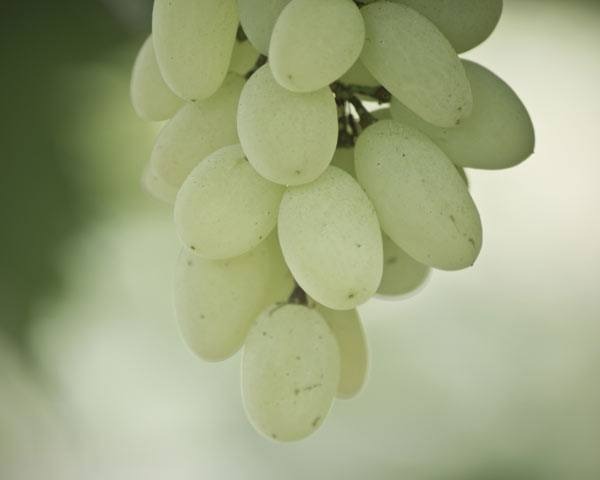Three French Grapes You've Probably Never Heard Of
Chardonnay, Cabernet Sauvignon, Pinot Noir — the majority of French grapes are tossed around as common vocabulary in today's wine conversation. But beyond the wines that we all know and love lies a side of France still waiting to be discovered — or rediscovered. These three under-the-radar grapes will prove that the French wine world still has a few secrets up its sleeve after all.
Once the mostly widely planted grape in France, aramon comes not in just one color, but three – noir, blanc, and gris, to be specific. The grape hails from the south of France, where it tended to produce large quantities of neutral, uninteresting wine, but when managed, the red version of aramon can be spicy, rustic, and earthy. Though plantings have decreased significantly over the past 50 years, aramon noir can still be found in the Languedoc, usually as part of a blend but on rare occasions as a varietal wine as well.
Try it: The 2012 Domaine Mont de Marie Anathème Rouge ($15-18) is a blend made up of 50 percent aramon from 100 year old vines, along with old-vine cinsault, carignan, and grenache. Far from neutral, the Anathème is medium-bodied and fresh, with flavors of raspberries, blackberries, and earth, rounded out by solid tannins.
Though romorantin may not be new to sommeliers and other wine geeks, it isn't exactly a common fixture on wine shelves. Born in and around Burgundy, this white grape is now planted exclusively in the Loire Valley, where it has its own appellation, Cour-Cheverny. Difficult to ripen, romorantin is naturally high in acidity and can produce a wide range of wines, from dry and piercing to off-dry, rich, and complex. It ages well, taking on an oxidative quality.
Try it: Hervé Villemade's 2009 "Les Acacias" Cour-Cheverny ($25-30) is a dry example of romorantin, unfiltered and aged in large, old oak barrels. It has an oxidative character, with notes of yellow apples and hay along with bright acidity. For an off-dry version, seek out the 2011 François Cazin "Cuvée Renaissance" Cour-Cheverny ($21-25), which is made from late-harvested, botrytized grapes. Again tasting of yellow apples, this wine takes on more of a honeyed character, balanced by fresh citrus.
The red grape abouriou hails from Southwest France and is rarely seen on wine labels these days. However, it is still grown there and in the western Loire Valley, as well as in California's Russian River Valley, where it was once called "early Burgundy." Abouriou produces deeply colored, tannic, and spicy reds that can lack acidity, making cooler climates better environments for the grape.
Try it: Vincent Caillé's 2012 Domaine Le Fay d'Homme "La Part du Colibri" ($12-15) is made entirely from aboriou grapes grown in the Nantais region of the Loire. The medium-bodied wine tastes of raspberries, plum, violets, and wet stone. It has surprisingly good acidity, finishing with gripping tannins and a distinctive earthiness.
